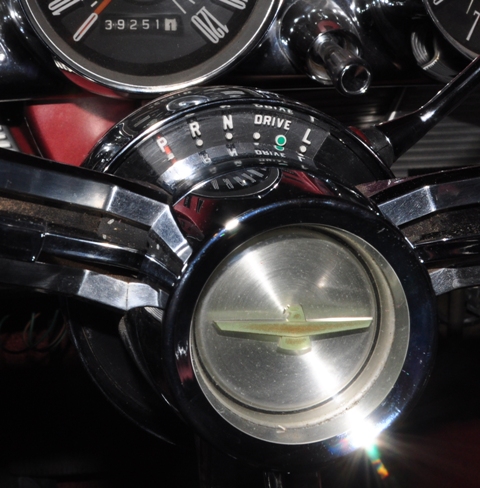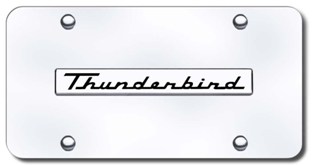
Replacing the 1961 to 1963 Shift Detent and Shift Lever
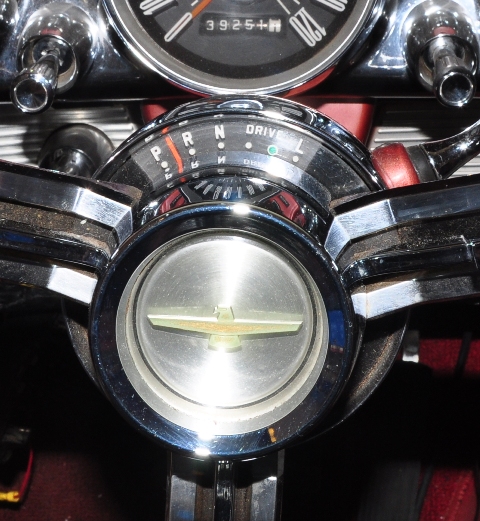
Remove the nut with a 15/16" socket and 6" extension. Notice shaft is already scribed.


The bolts to use for the puller are 5/16"-24. The steering wheel comes off with minimal effort.
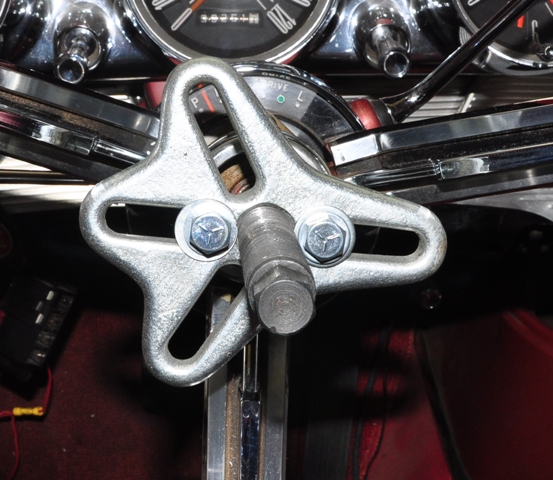
Pull the horn contact out and the two drive indicator plate screws and set them aside with all your other parts. You'll have a lot of small stuff to keep track of. I used a magnetic tray.
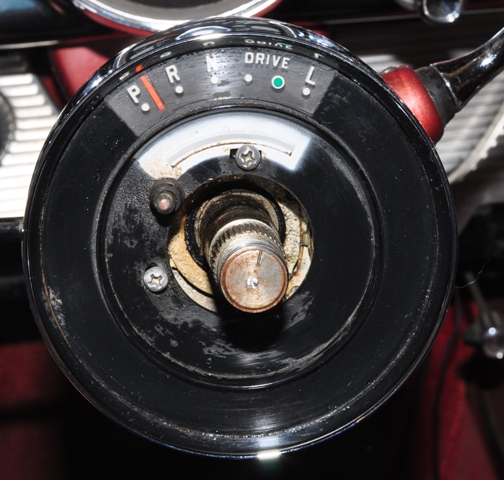
I used a 3/16" ignition wrench to remove the turn signal lever to avoid damaging it. A small crescent wrench will probably also work if you don’t have an ignition wrench. It is not difficult to remove.
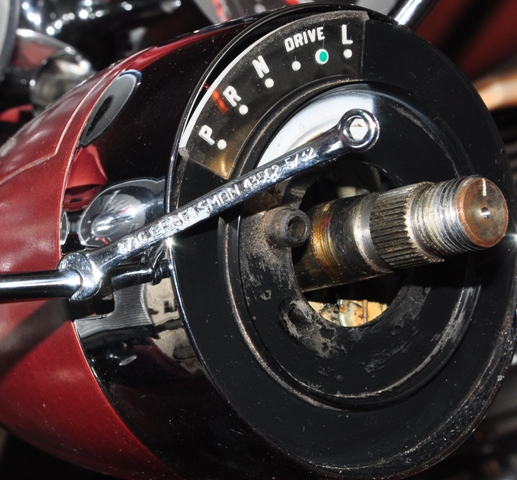
This was the first problem I ran into. There was no slack in the horn wire. After pondering for awhile, I looked for the blue/yellow stripe wire at the base of the steering column. While pushing on it a bit to give it slack, I gently pulled the wire until I had enough slack to work.
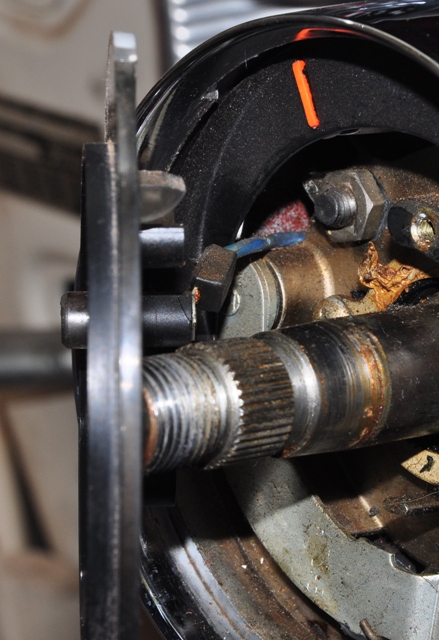
This design is slightly different than the Squarebird's. The canceller is retained by a horseshoe nut and spring on a small nylon shaft. Slide the nut off very carefully, keeping a finger on the post to prevent the spring from flying into oblivion. This will be the most confounding part of the whole procedure. Reassembly was next to impossible for me, however after loosing and re-finding the parts multiple times, I finally got it back together. Now the nut at 5 o'clock is visible. Don't remove it yet though, and actually leave the one at 10 o'clock in for now because there was another surprise.
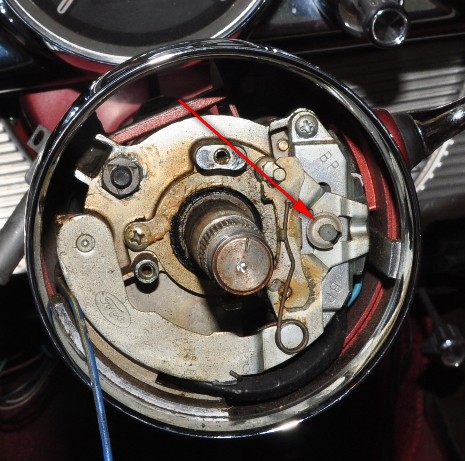
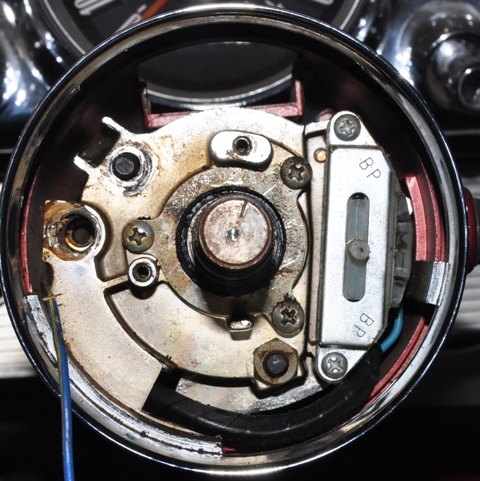
The next difference I found was this snap ring on the steering shaft. I had a pair of snap-ring pliers, but is still proved challenging to remove. It goes back on with no problem.
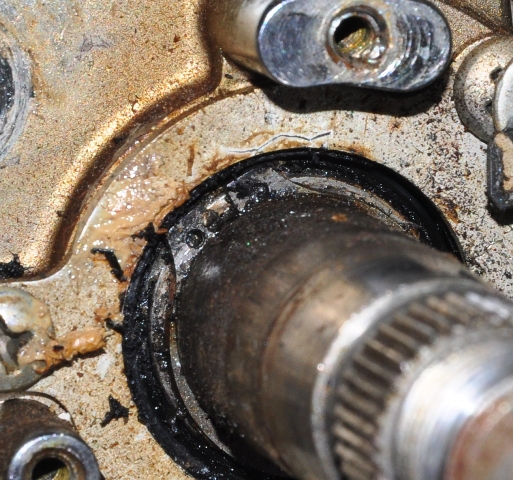
Remove the cover panel with a tape covered screwdriver. Remove the three screws holding the shift indicator light and black background piece in place. Pull the black background piece out from the front and set the light aside.
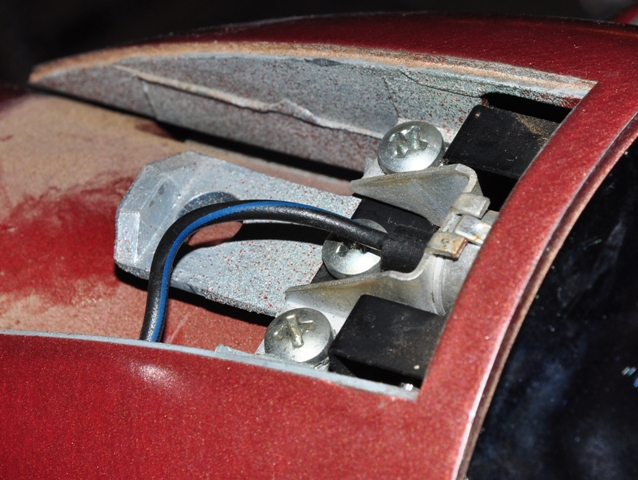
It's easy to smudge up, but I cleaned it with a little denatured alcohol before reinstalling it. Window cleaner would also safely clean it.
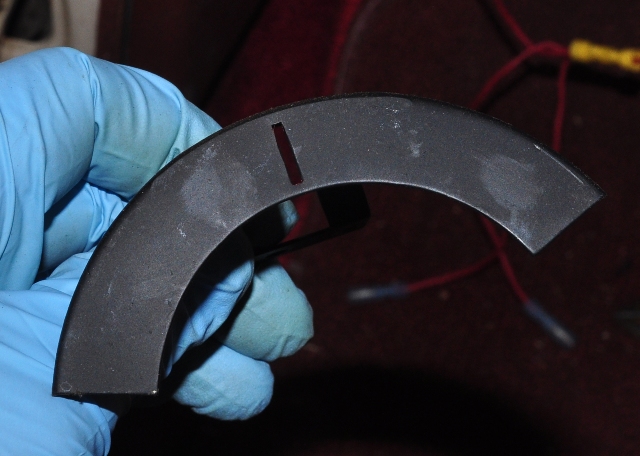
Finally, the detent plate and shift lever are in sight. Notice one of the black retaining bolts in the steering column. This was addressed in the Squarebird article, but I'll discuss it again as it proves tricky during installation
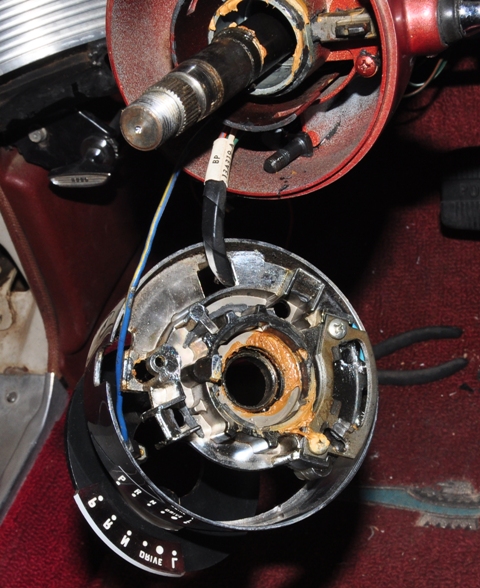
The spring and nut was frustrating enough, now this pin retaining the shift lever has to come out without destroying anything, I moved the shifter to low and drove it out with a large nailset. It took a lot of force to get it going, but once it started moving it slid out without too much force. Nevertheless, it was nerve racking.
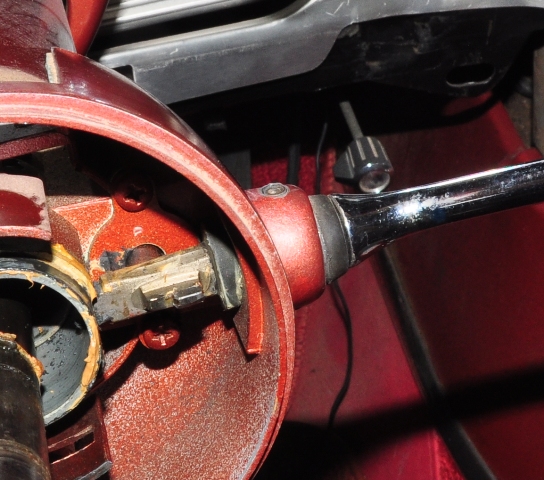
To remove the shifter, rotate it 90 degrees down to free it from the rear pressure pin. It then pulls out easily. Just reverse the process when installing the new shifter. Driving the pin back in is also a challenge, but goes in with some powerful but careful hammering with a centerpunch.
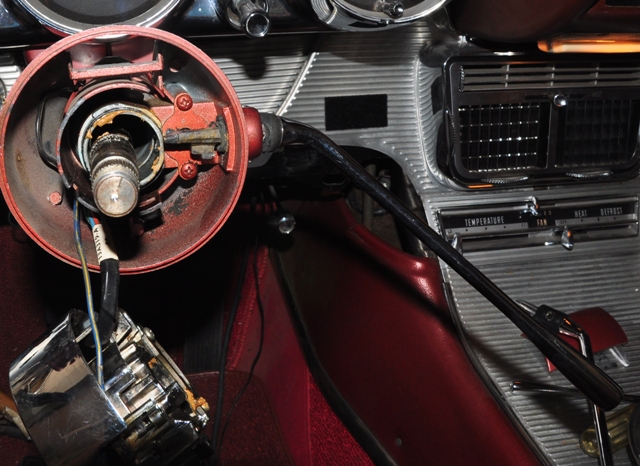
Old and new. The repros both look improved in design.
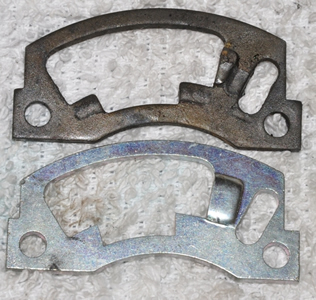
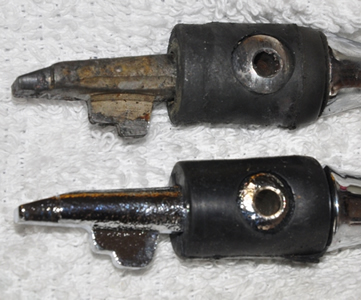
Here is the problem. The edge has chamfered on the shift lever. This thing was a time-bomb.
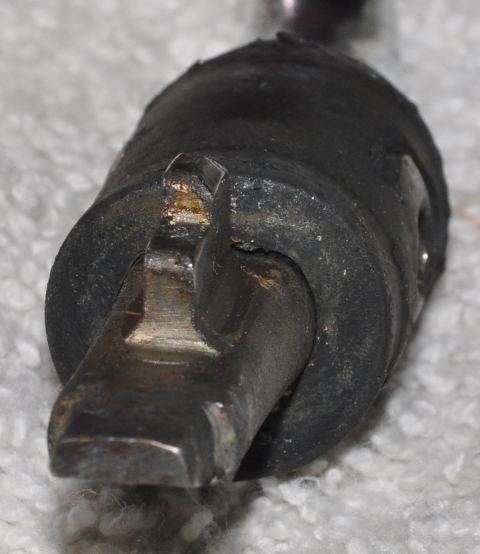
During reassembly, put the retaining bolts in the back, then in the front, thread the nuts on a couple turns. Then, using a thumb on each nut, push them outward until the whole assembly snaps back into place and the square bolt heads are engaged in the slots shown at right.
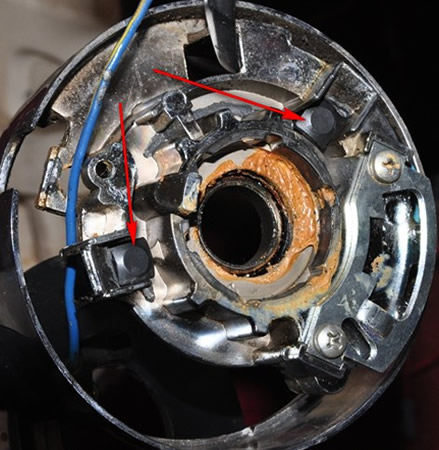
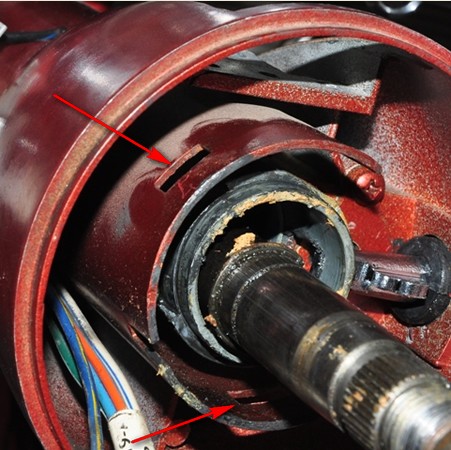
Now, once you get that spring back on, you're home-free with a nice tight shifter. It's actually in park now and feels like it will stay there.
